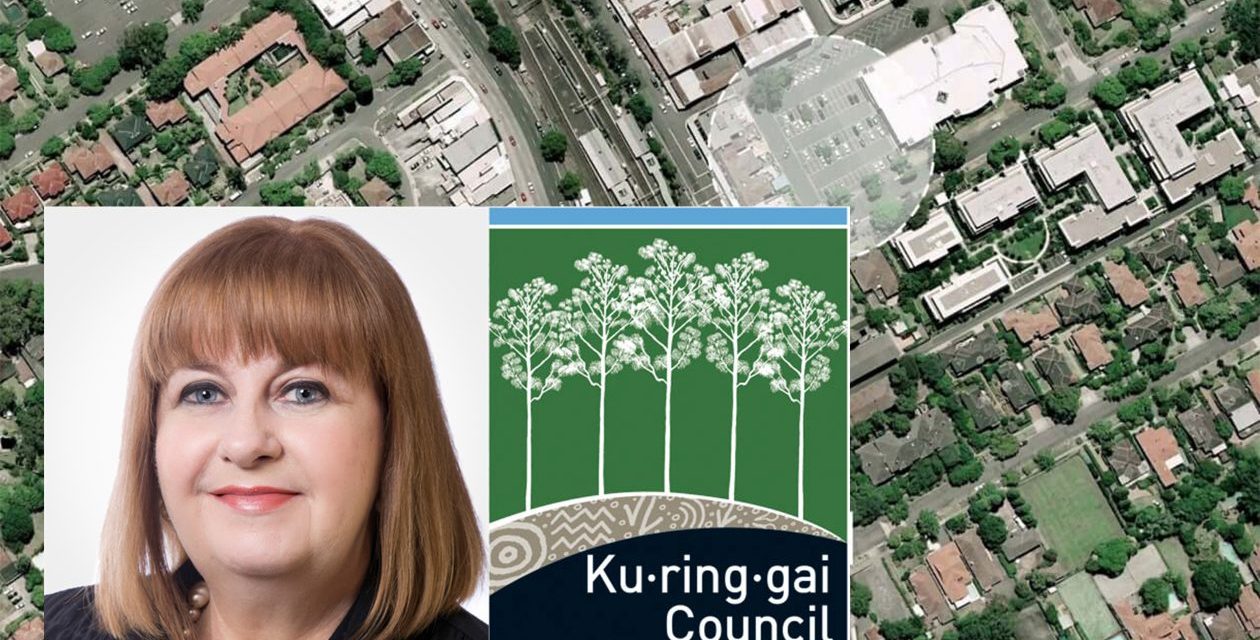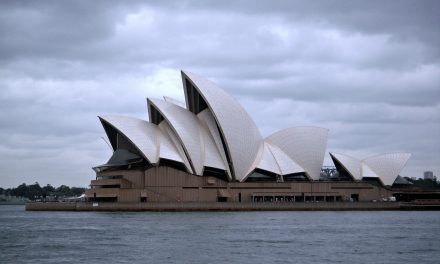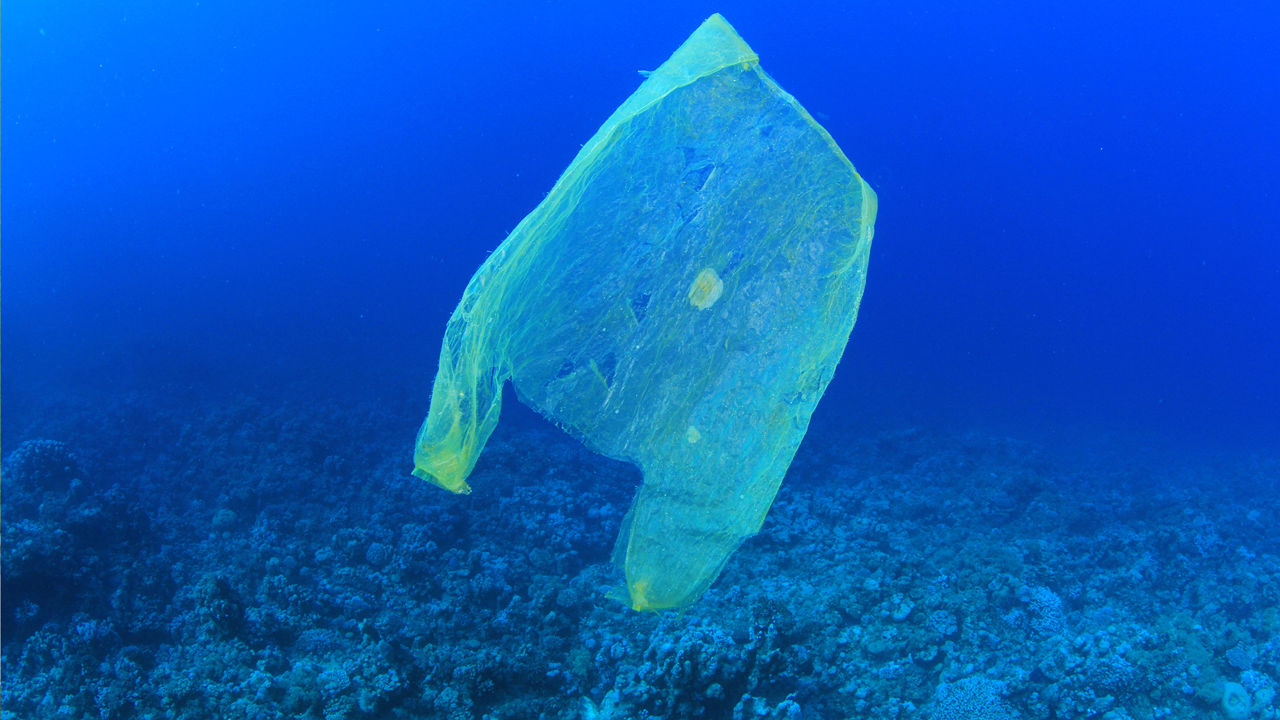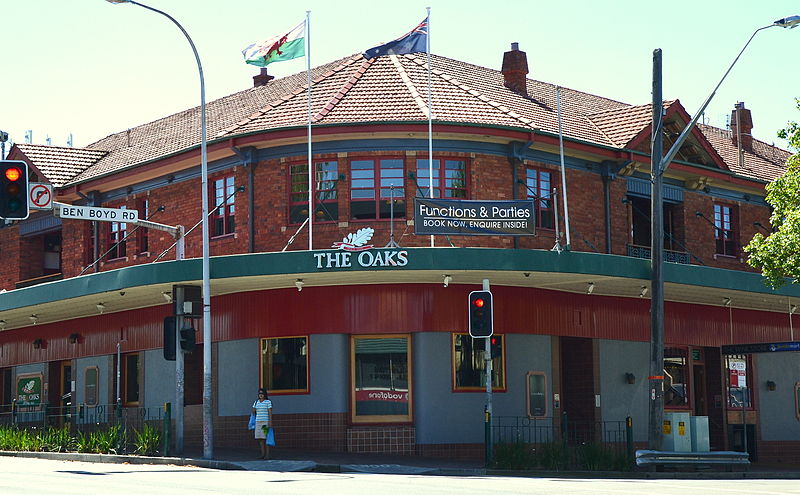Cr Jennifer Anderson has officially become Ku-ring-gai’s longest serving mayor in the Council’s 104-year history and has called for more women to become councillors. Her call comes as the NSW Electoral Commission issued a timeline for candidates considering standing in next September’s NSW local government elections. Nominations to become a councillor will open on 26 July and close on 4 August 2021 through the Commission’s website. Election day is on Saturday 4 September 2021.
Mayor Anderson will run for a sixth term as a councillor in next year’s elections, having first been elected to Ku-ring-gai Council in 2006. This year she became Ku-ring-gai’s longest serving mayor, having filled the top job from 2011 to 2012 and two consecutive terms from 2013 to 2015. She has served consecutive terms as mayor in 2016-2017, 2017-2019 and 2019-2021.
“During my time on council, we have strengthened protection for heritage through the implementation of heritage conservation areas and boosted the use of St Ives Showground by hosting signature events such as the St Ives Medieval Faire,” Mayor Anderson said. “Council remains in a strong financial position, which has enabled us to deliver a significant capital works program annually. The Lindfield Village Green is under construction and on time for completion next year. I am very proud of council’s commitment to inclusivity through its Disability Action Plan. For example, this improves access to public amenities and all new playgrounds are being built in Ku-ring-gai with the needs of children with a disability top of mind. We are also hosting an exhibition of works by artists with a disability at the Ku-ring-gai Art Centre this month.”
Mayor Anderson said local government needed women to accurately represent the diversity of our communities and ensure their views and needs were reflected in decision-making. “In the last two decades Ku-ring-gai has had strong representation by women on council and I would certainly like to see that continue next year. This is in contrast to much of NSW which traditionally has low rates of female participation as elected councillors.”












